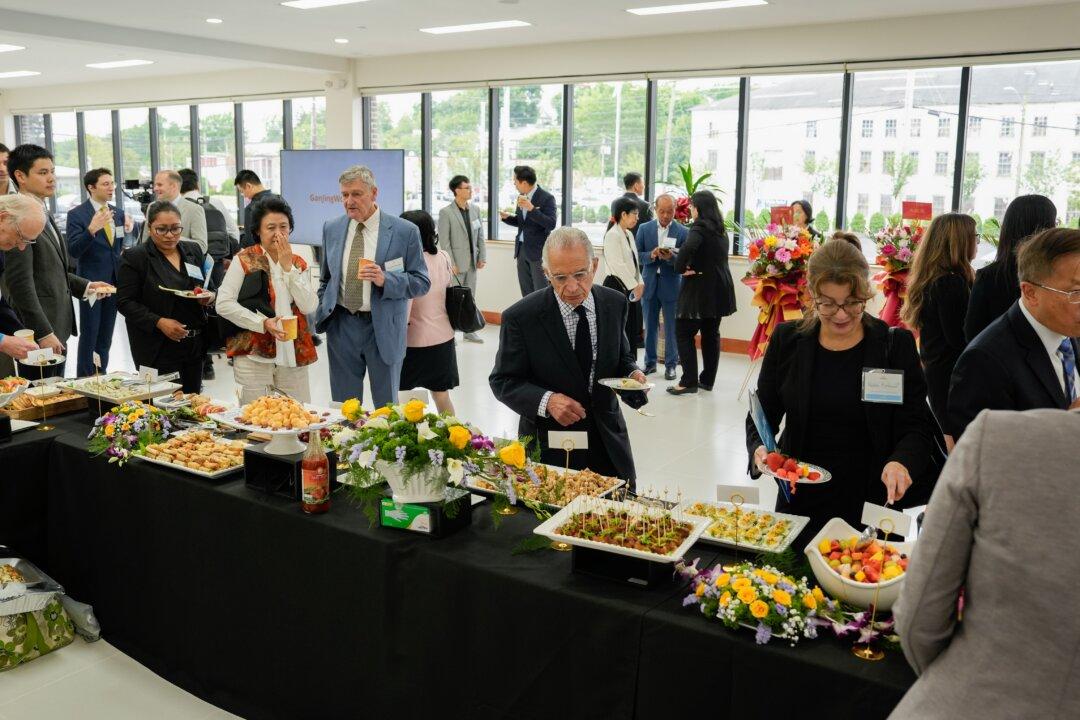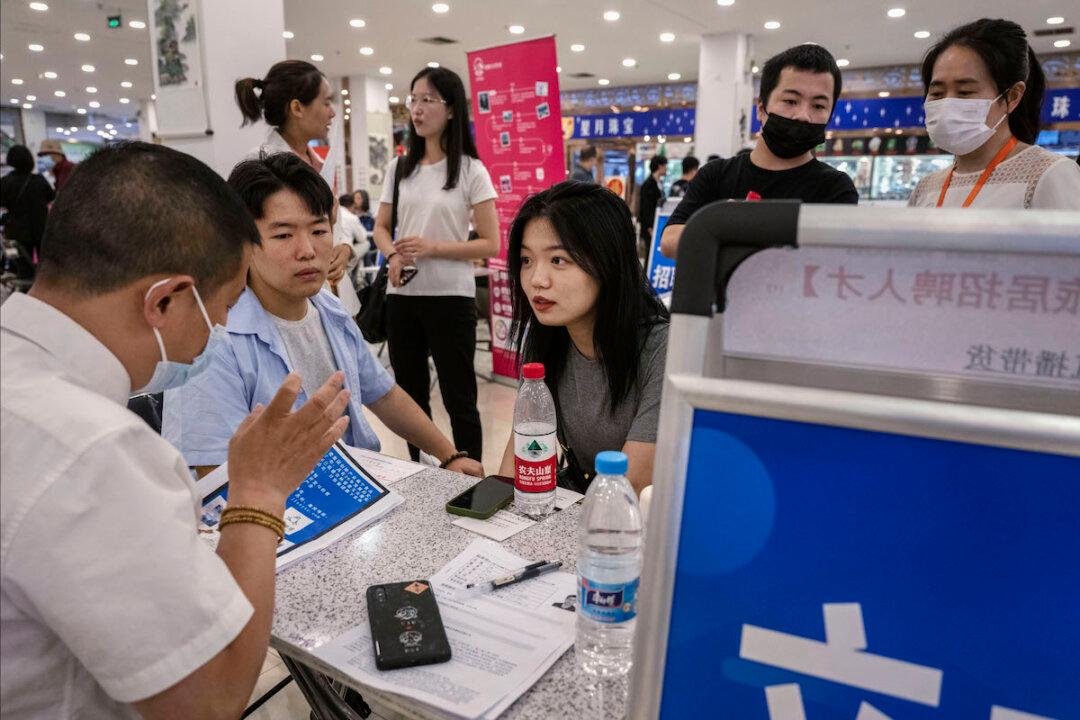The recent big investments Chinese companies are making in Indonesian nickel mines are attracting renewed attention.
China’s CNGR Advanced Materials Co Ltd. announced on May 19 that it will expand its nickel matte business in Indonesia, partnering with Singapore’s RIGQUEZA International Co., LTD. A total investment of $1.26 billion will be put in a production line in Indonesia with an annual capacity of 40,000 tons of nickel matte. This is the second cooperation between the two companies in Indonesia. In 2021, the two sides signed a cooperation project agreement to produce 60,000 tons of nickel matte per year.





